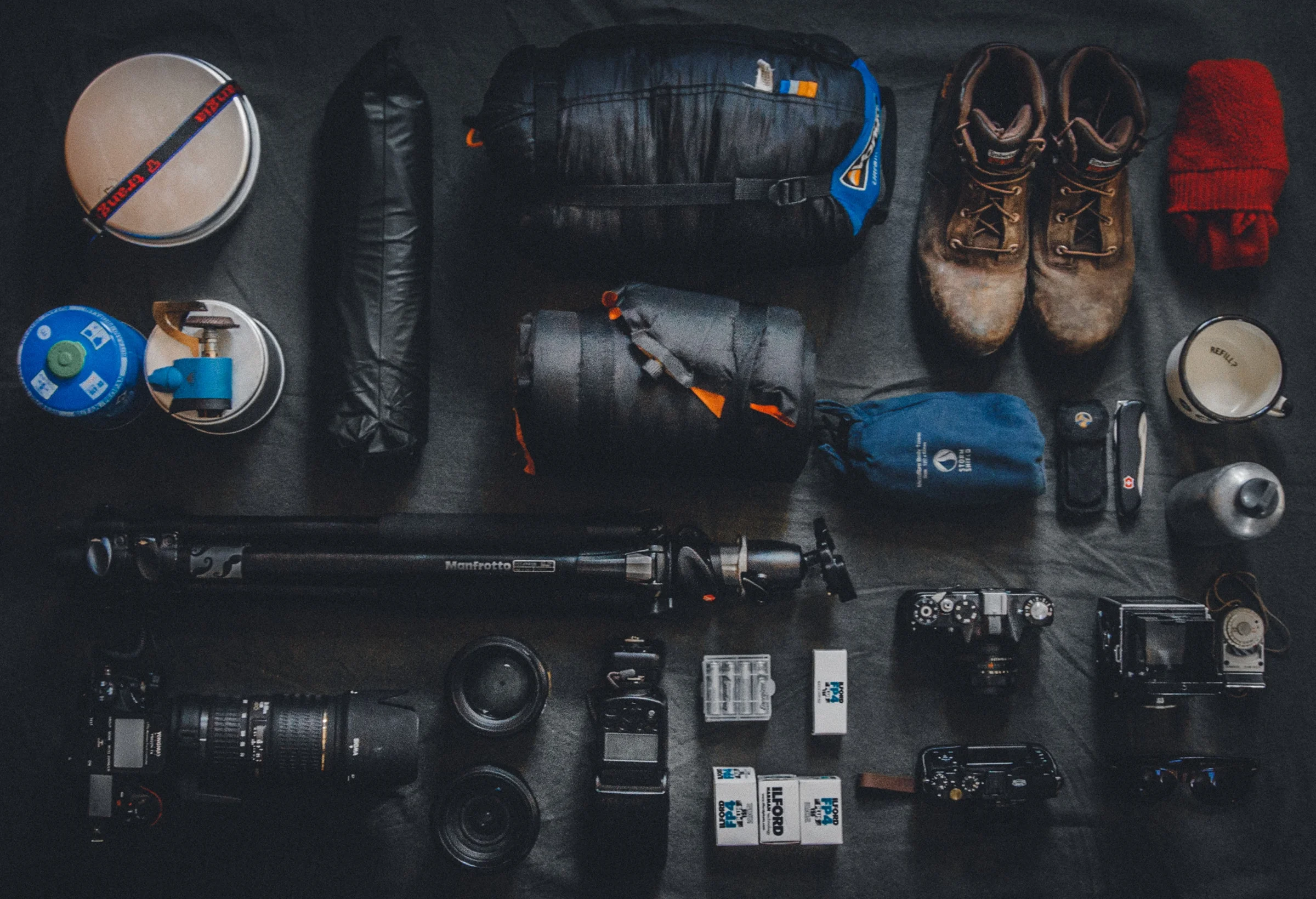“Image Quality”. It’s a term that is used all the time, yet the definition of it can be somewhat nebulous. Whether you’re talking about a camera’s sensor, or evaluating a specific photograph, the term “image quality” often can mean a wide range of things, and different people use the term in different ways.
So what is “image quality?” What does it actually mean? How do you define it?


















